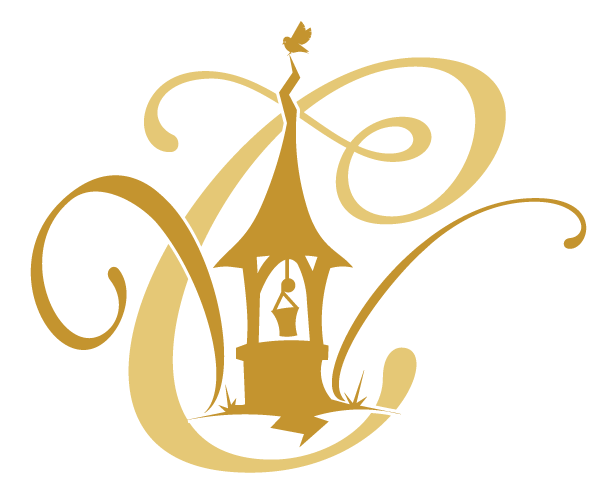Adventure
“We have the opportunity and choice to see our struggles between letting go and holding on as adventures in our own life’s stories.”
Usually, when people think of adventures, they think of excitement with travel and battles to overcome. When I hear the word adventure, I usually think of the part of The Hobbit where Bilbo Baggins exclaims, “I’m going on an adventure!” Bilbo has his share of internal adventures as he encounters external adventures with the Trolls, the Elves, the Orcs, and even a dragon! By the end of that story, Bilbo’s adventure leads to another adventure for Bilbo’s nephew, Frodo Baggins, in the classic trilogy Lord of the Rings. While these stories by J.R.R. Tolkien are packed with external adventures, there are clearly many internal adventures that simultaneously take place.
To me, the most prevalent internal adventure takes place when Frodo is at the edge of the rock inside of Mount Doom of Mordor. He is at the journey’s destination and has the opportunity to fulfill the treacherous journey’s purpose (return the ring to the fires inside of Mount Doom to destroy the ring’s power), but he hesitates. His most loyal friend, Samwise Gamgee, is there with Frodo, and tells Frodo to “just let go” of the ring. Frodo turns slowly around and tells Sam that he will not let go of the ring. How many times do we hold onto something that we clearly need to let go of, even when we are presented with the very means to let go of it?
It is no coincidence that moments later, Gollum, the character that share’s Smeagol’s dual-persona and internally tortures Smeagol into a destructive compliance, jumps onto Frodo and tries to take the ring. The ring was Smeagol’s “precious,” and he does whatever it takes to get his “precious” back. Gollum retrieves the ring from Frodo by biting off the finger that contains the ring. Ultimately, that action is what sends both Gollum/Smeagol and the ring to be consumed together in the fires of Mount Doom. Gollum got what he wanted, and it was the very thing that ended his life. Are there things or ideas that we hold as “precious” that will eventually destroy us?
As Gollum and the ring were slowly falling into the fires of Mount Doom, Frodo was not far behind them, but he grabbed onto the rock and tried to pull himself back up to safety. Once again, Sam called out to Frodo, but this time, he was telling Frodo, “Don’t you let go!” What is worth hanging onto in our lives? Who can we count on to be there for us to pull us up when we are weak, bloody, and ready to give up?
I absolutely love the contrasting statements from Samwise Gamgee in those two moments near the fires in Mount Doom. These two parts of the story help me realize that on one hand, I can have destructive thoughts or behaviors that I need to let go of, while on the other hand, there are also things, people, ideas, and behaviors that I should hold onto, even when I am in pain and it seems easier to just let them go. Knowing the difference between how to accept the things I cannot change (let go) and how to have the courage to change the things I can (hold on) is what helps me emerge with wisdom after my adventurous internal battle. When those battles are conquered, I can enjoy the serenity of “The Shire.”
We have the opportunity and choice to see our struggles between letting go and holding on as adventures in our own life’s stories. One of the reasons that adventure books like The Hobbit and Lord of the Rings are so well-loved is that the characters’ actions, thoughts, and behaviors resonate with the adventures we have in our own life’s story.

